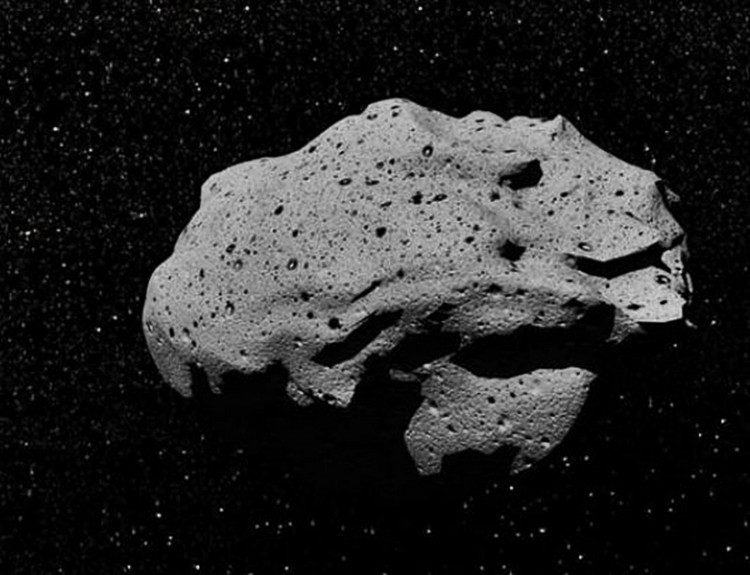It's no longer only 99942 Apophis that might hit the Earth on April 13, 2036, we should worry about. There's a dangerous near-Earth asteroid (NEA) named 2018 LF16 discovered only on June 16 that might hit the planet even sooner.
Media reports citing NASA claim 2018 LF16 might have 62 different potential impact trajectories with the Earth, each of them capable of hurling the asteroid toward an impact with Earth over the next 100 years. This claim, however, has been criticized as extremely sensationalist and without sufficient scientific basis.
What is known is that asteroid 2018 LF16 has an estimated size of 213 meters compared to Apophis' diameter of 370 meters. Both these NEAs would probably be classified as "country killers" if they collided with the Earth.
A few months ago, NASA's Jet Propulsion Laboratory (JPL) calculated the orbit of 2018 LF16 and its destructive potential. The calculations showed asteroid 2018 LF16 might collide with our planet on 62 different dates between now and 2117. This dangerous NEA is hurtling through space at a speed of more than 54,500 km/h.
The first of these alleged potential impacts might occur only five years from now -- or on August 8, 2023. Other potential impact dates in the near future are on August 3, 2024, and August 1, 2025.
NASA now estimates that asteroid 2018 LF16 has a one in 30 million chance of smashing into the Earth and annihilating the unfortunate area it slams into. The good news is this estimate means there's a massive 99.9999967 percent chance 2018 LF16 won't hit home.
Put in another way, asteroid 2018 LF16 ranks as a level "zero" threat on the Torino Impact Hazard Scale. This simply means the asteroid's likelihood of a collision with Earth is nonexistent or close to nonexistent.
But this hasn't stopped some sensationalists from over-selling the danger emanating from asteroid 2018 LF16.
What would happen if 2018 LF16 "got lucky" and did collide with Earth? Experts estimate this cataclysmic collision will generate the destructive power of a 57 megaton nuclear blast.
On the bright side, the European Space Agency (ESA) estimates that asteroids larger than 100 meters in diameter (the size of 2018LF16) usually smash into the Earth only once every 1,000 years.
But then, there's Apophis, which will likely slam into our planet on April 13, 2036, a Sunday. That's just 18 years away and it's too scary to contemplate.






